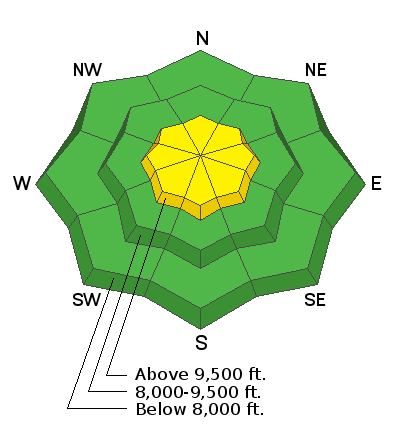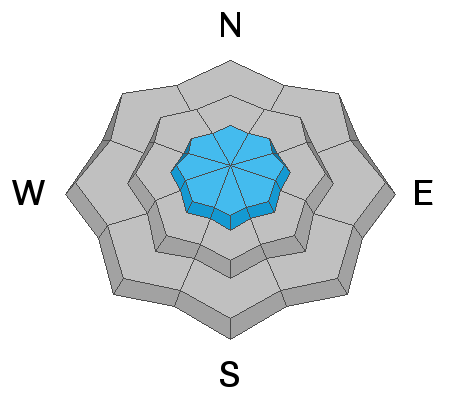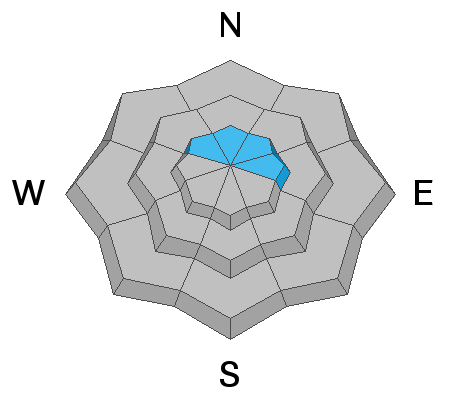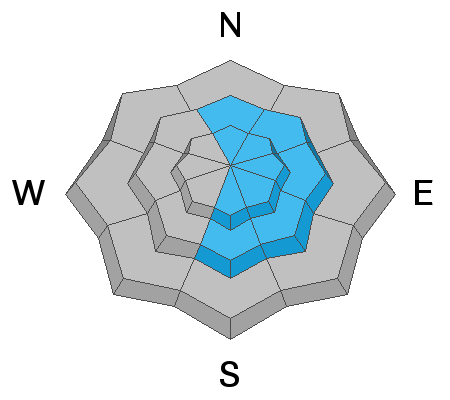Forecast for the Salt Lake Area Mountains

Issued by Mark Staples on
Wednesday morning, February 20, 2019
Wednesday morning, February 20, 2019
A MODERATE DANGER exists at upper elevations for triggering a soft slab of wind drifted snow. The new snow may produce soft dry sluffs as well. At mid and low elevations the danger is LOW.

Low
Moderate
Considerable
High
Extreme
Learn how to read the forecast here










